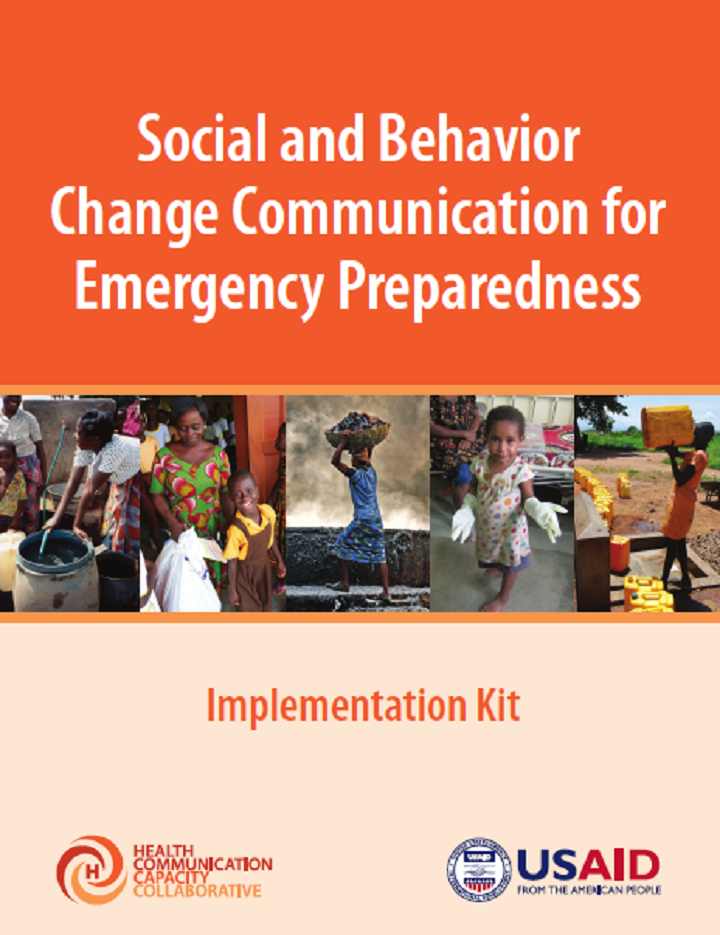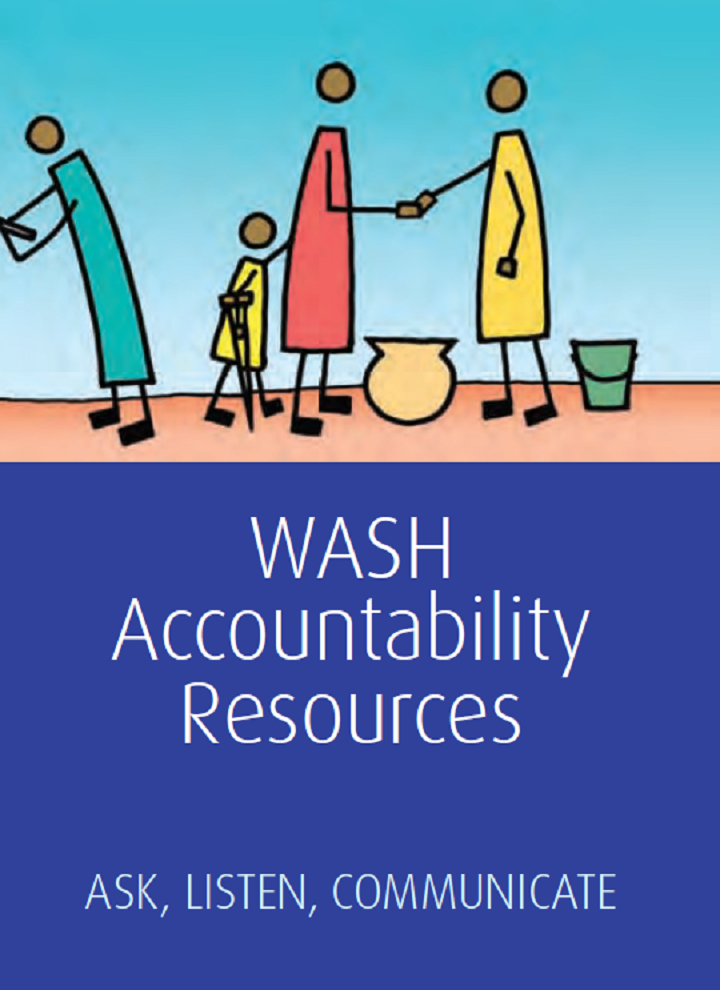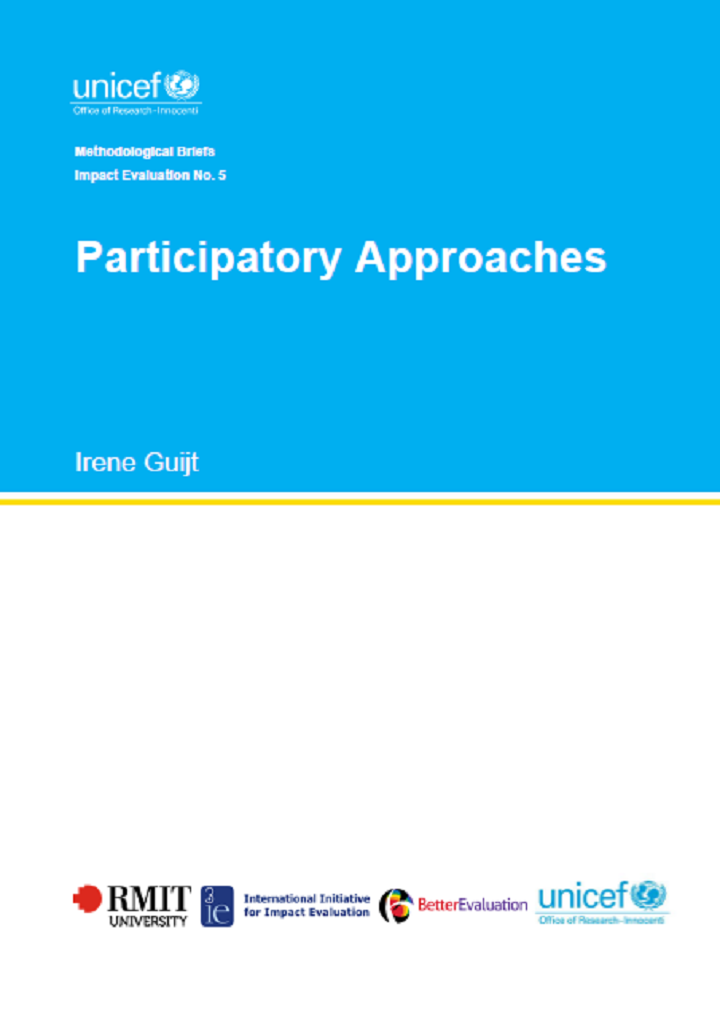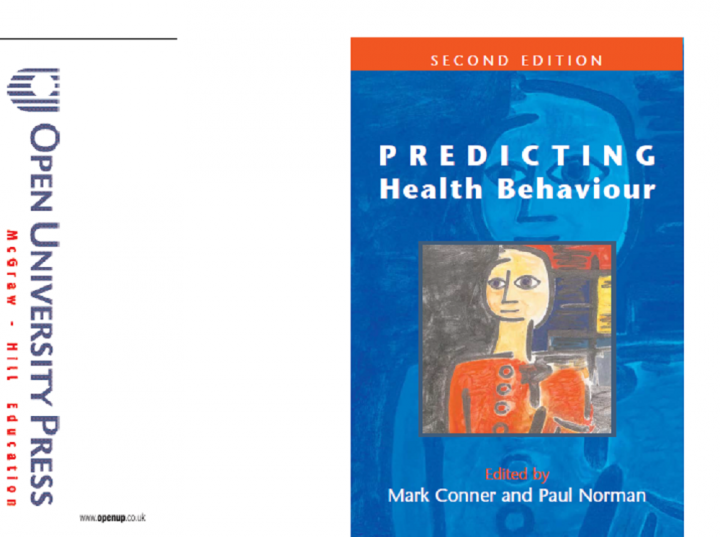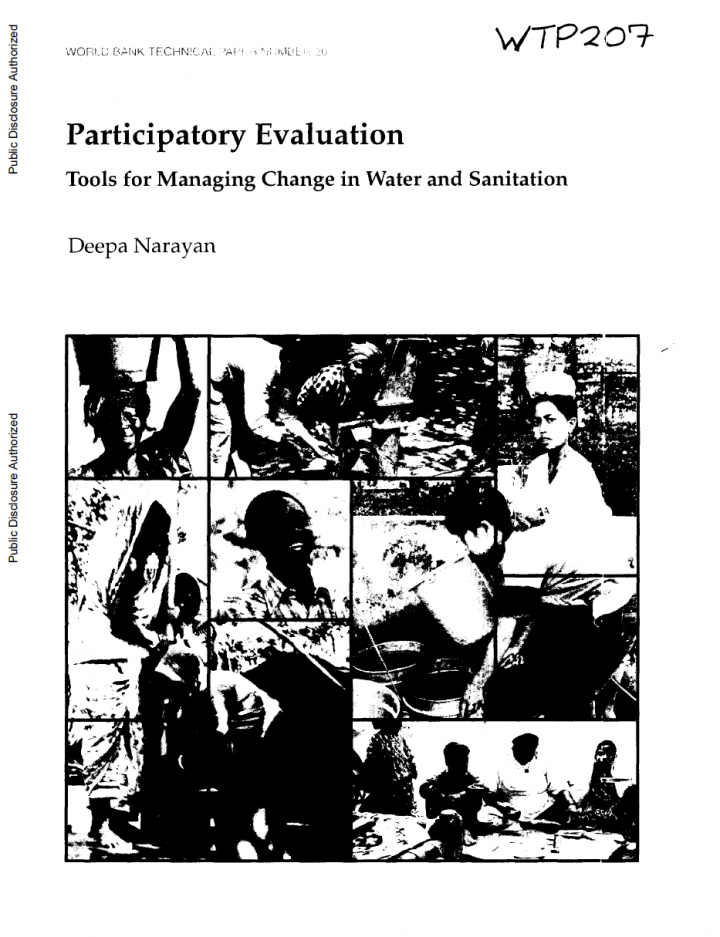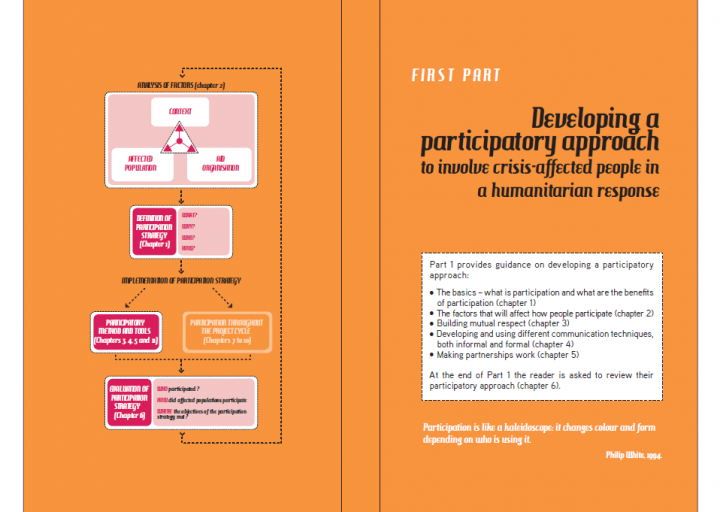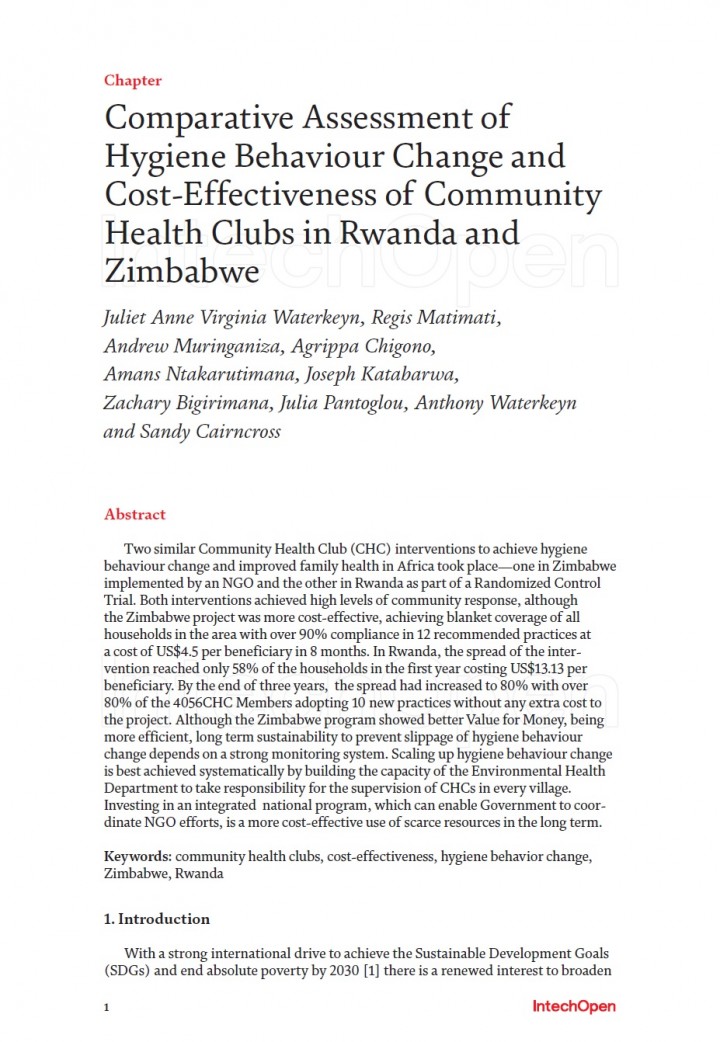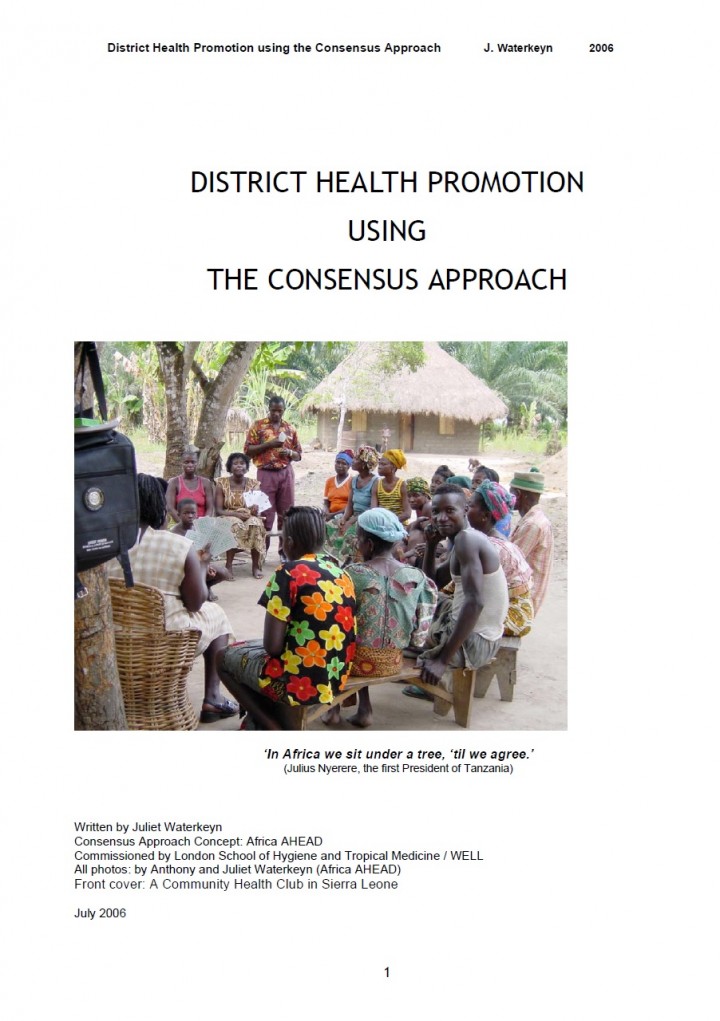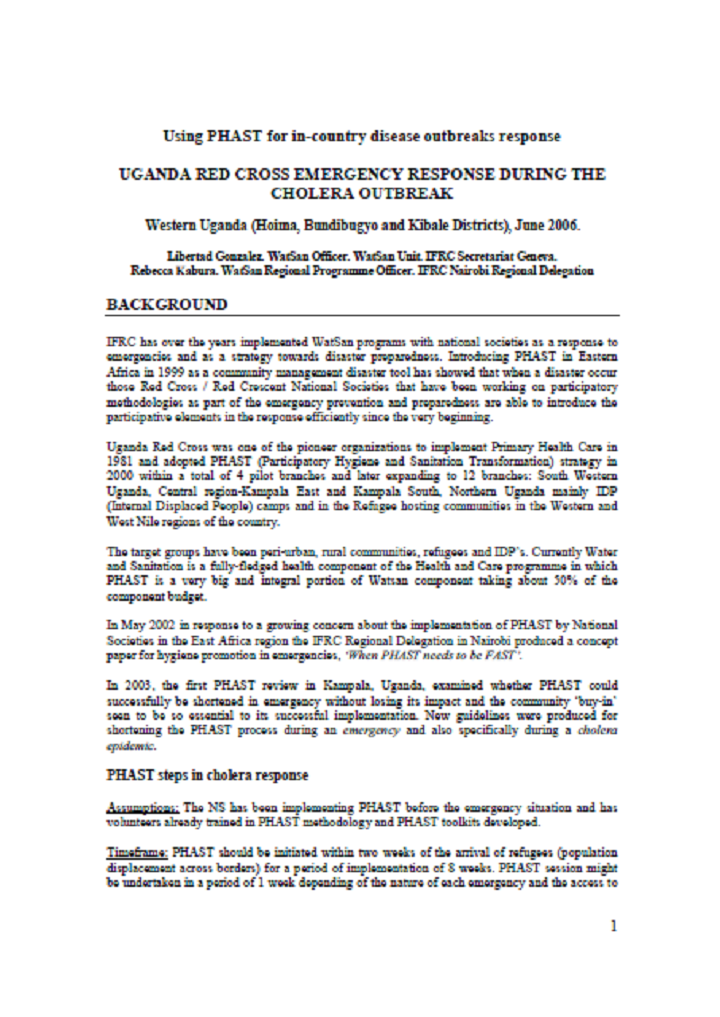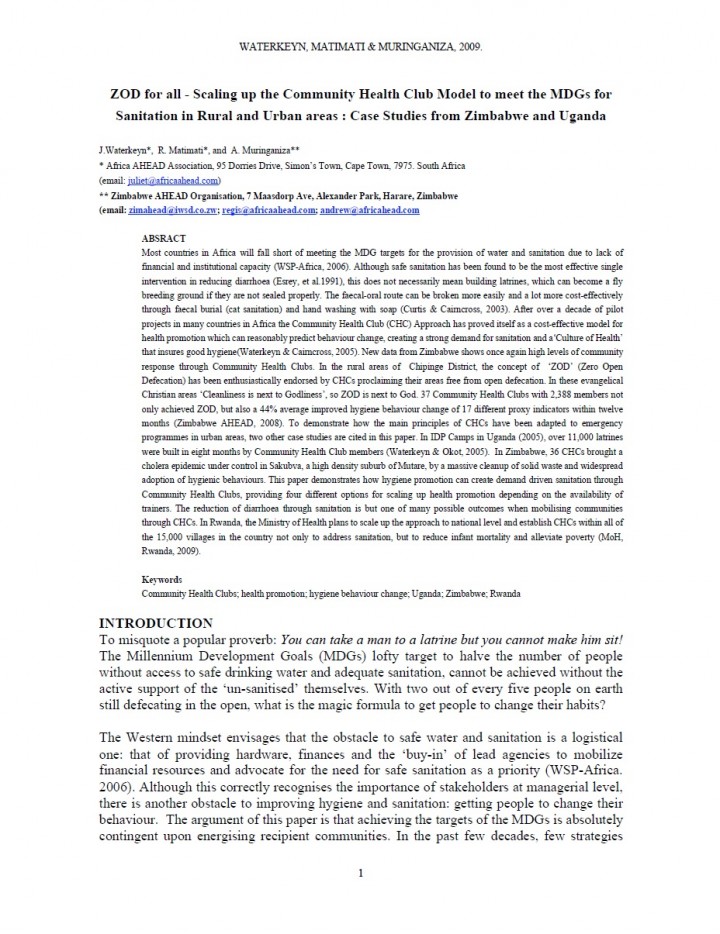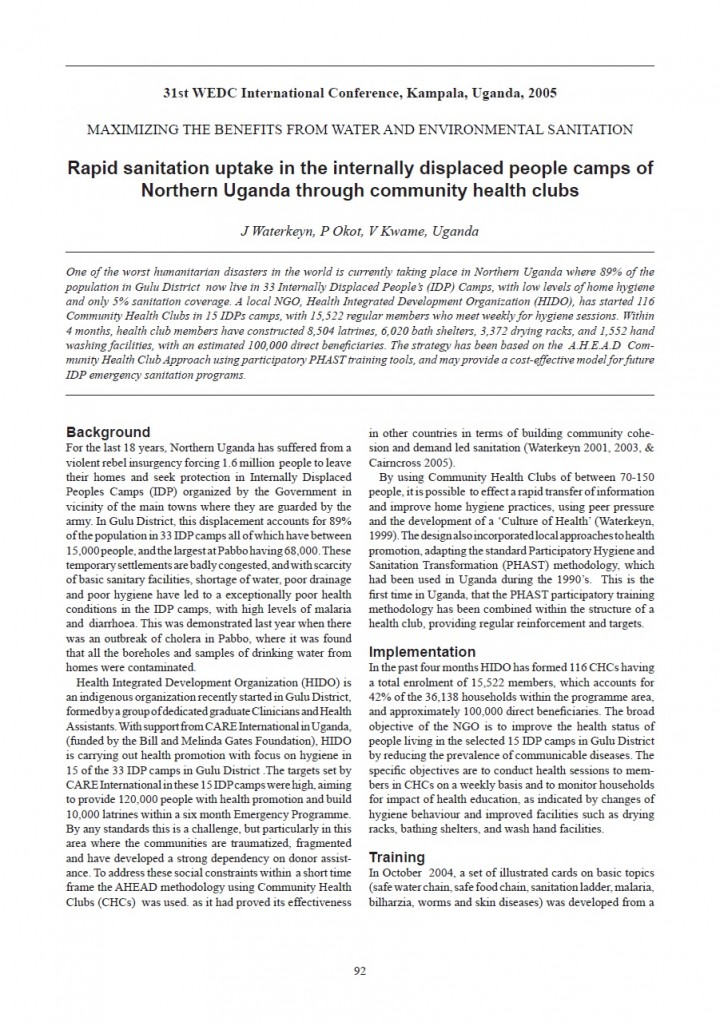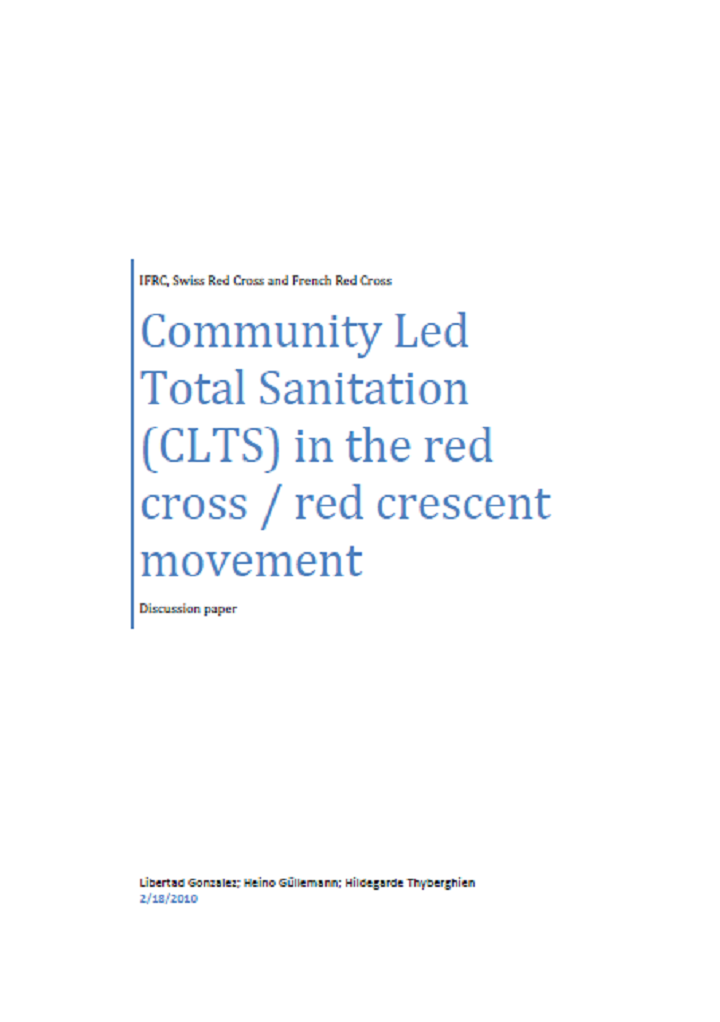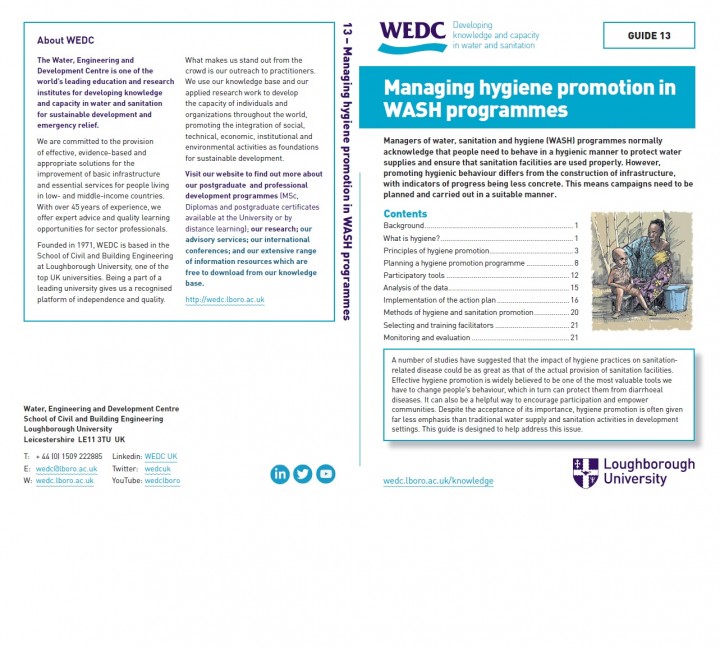Searching for information on Sanitation Workers?
The Sanitation Workers Knowledge + Learning Hub is the best source for all current news, trends, articles and updates on sanitation workers rights around the world.
In the wake of Ebola and in the throes of the Zika outbreak, more focus than ever is on the importance of strong and resilient1 health systems that serve and promote the well-being of individuals, households and communities. Engaging in social and behavior change communication (SBCC) preparedness efforts as part of strengthening a health system, and certainly prior to a critical incident, can …
A nation is democratic to the extent that its citizens are involved, particularly at the community level. The confidence and competence to be involved must be gradually acquired through practice. It is for this reason that there should be gradually increasing opportunities for children to participate in any aspiring democracy, and particularly in those nations already convinced that they are …
The study of behaviours that influence health and the factors determining which individuals will and will not perform such behaviours has become a key area of research within health psychology. As the second edition of this book testifies, there is a considerable and impressive body of research in this area. The purpose of this book is to provide in a single source an overview of current research …
Engaging communities in humanitarian programming is key to ensuring their participation in decision-making that affects them as outlined by commitment 4 of the Core Humanitarian Standards. Based on learning from the West-African Ebola response (2014–2016), Oxfam’s WASH (water, sanitation, and hygiene) team is undertaking a paradigm shift toward greater community engagement (hereafter referred …
This handbook offers a summary of the practical experience gained. It is not intended to provide answers to all problems relating to material conditions of detention, for such problems have to be approached also from the angle of the organization of prison administrations and of the management of prisons and other places of detention, matters which are outside its purview. The ICRC hopes that …
There is now widespread recognition that participatory development-involvinig users and communities in all stages of the development process-is critical for achieving sustained benefits. By responding to felt needs, and by involving stakeholders intimately in all aspects of a program, participatory development creates "ownership," accountability, and a willingness on the part of users to manage …
The Participation Handbook for humanitarian field workers contains detailed practical advice on the participation of affected people in humanitarian action. It has three sections: Developing a participatory approach (main issues, key factors, building mutual respect, communication methods and advice on reviewing your approach); Implementing your participatory approach at every stage of the …
Fourteen behaviour trials were conducted among caregivers of children under-five with diarrhoea. Caregivers were recruited from two clinics situated in rural and peri-urban Lusaka. Trials took ten days and data were captured using video, observation and repeated interviews. Additional data were collected through focus group discussions with mothers, observations in clinics and pharmacies and …
Two similar Community Health Club (CHC) interventions to achieve hygiene behaviour change and improved family health in Africa took place—one in Zimbabwe implemented by an NGO and the other in Rwanda as part of a Randomized Control Trial. Both interventions achieved high levels of community response, although the Zimbabwe project was more cost-effective, achieving blanket coverage of all …
This manual is a guideline for those planners looking for a practical methodology for conducting a
health promotion project at District Level. The focus is primarily on applying this approach to rural areas;
however the approach is still applicable to an urban setting.
The manual takes approximately 1.5 hours to read and is divided into three main sections.
Unless strategies are found to galvanise rural communities and create a demand for sanitation, we cannot achieve the United Nations Millennium Development Goal of halving the 2.4 billion people without sanitation by the year 2015. This study describes an innovative methodology used in Zimbabwe—Community Health Clubs—which significantly changed hygiene behaviour and built rural demand for …
Most countries in Africa will fall short of meeting the MDG targets for the provision of water and sanitation due to lack of financial and institutional capacity (WSP-Africa, 2006). Although safe sanitation has been found to be the most effective single intervention in reducing diarrhoea (Esrey, et al.1991), this does not necessarily mean building latrines, which can become a fly breeding ground …
Understanding the mechanisms that trigger behaviour change to overcome risky hygiene is critical to improving family health. Research in an integrated health promotion programme in 382 Community Health Clubs (CHCs) in three districts of Zimbabwe showed clearly the value members attached to gaining ‘knowledge’, which was their strongest motivation for joining CHCs. In these rural areas, where …
Background:
A cluster-Randomised Controlled Trial evaluation of the impact of the Community Health Clubs (CHCs) in the Community Based Environmental Health Promotion Programme in Rwanda in 2015 appeared to find little uptake of 7 hygiene indicators 1 year after the end of the intervention, and low impact on prevention of diarrhoea and stunting.
Methods:
Monitoring data was revisited through …
One of the worst humanitarian disasters in the world is currently taking place in Northern Uganda where 89% of the population in Gulu District now live in 33 Internally Displaced People’s (IDP) Camps, with low levels of home hygiene and only 5% sanitation coverage. A local NGO, Health Integrated Development Organization (HIDO), has started 116 Community Health Clubs in 15 IDPs camps, with …
Abstract
In humanitarian emergency settings there is need for low cost and rapidly deployable interventions to protect vulnerable children, in- and out-of-school, from diarrhoeal diseases. Handwashing with soap can greatly reduce diarrhoea but interventions specifically targeting children's handwashing behaviour in humanitarian settings have not been tested. Traditional children's handwashing …
PHAST shares the same participatory learning principles as CLTS, which aim at gaining self-esteem, believing in people‟s ability to solve basic problems with their own resources. PHAST and CLTS also have in common the technical scope in their original conception, since both have been designed to focus on sanitation issues in rural communities. However, PHAST in Red Cross / Red Crescent has been …
Managers of water, sanitation and hygiene (WASH) programmes normally acknowledge that people need to behave in a hygienic manner to protect water supplies and ensure that sanitation facilities are used properly. However, promoting hygienic behaviour differs from the construction of infrastructure, with indicators of progress being less concrete. This means campaigns need to be planned and carried …
This was an interventional study carried out over a period of 5 days among 21 schoolchildren aged 12–18 years in their respective school premises. Participants were requested to rub their hands with an UV-sensitive fluorescent lotion and then wash them. Hands were air-dried and examined under UV rays for blue light emission in a dark room. Emission of blue light highlighted parts of hand where …
Purpose: To evaluate the level of accessibility and safety of an existing water and/or sanitation facility and its surrounds, and to identify possible changes or improvements.
Diversity message: Simple changes to facilities and their surrounds can improve their usability for a wide range of users, thus avoiding the need for separate ‘special’ provision.
Safety message: To consider any risks …

